Core Analysis Techniques
- Describe segmentation and why it is an important technique for good analysis
- Understand the importance of using internal and external benchmarks to add context to your data
- We can use segmentation and context to analysis data in GA.
What is aggregated data?
- From Wikipedia
In statistics, aggregate data are data combined from several measurements. When data are aggregated, groups of observations are replaced with summary statistics based on those observations. In a data warehouse, the use of aggregate data dramatically reduces the time to query large sets of data.
- You can show this aggregated data as line chart, bar chart, etc.
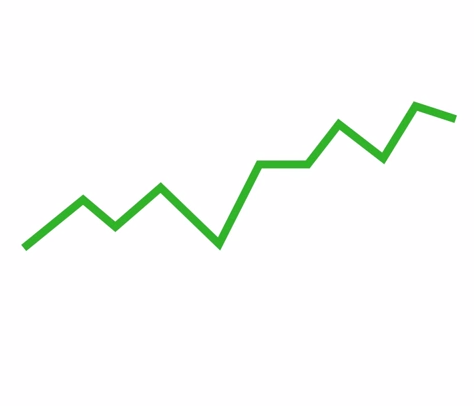 |
|---|
| Example of aggregated data shown as a line chart. The line chart is the summary of the aggregate datas |
Segmentation
- Segmentation allows you to isolate and analyze subsets of your data. For example, you might segment your data by marketing channel so that you can see which channel is responsible for an increase in purchases.
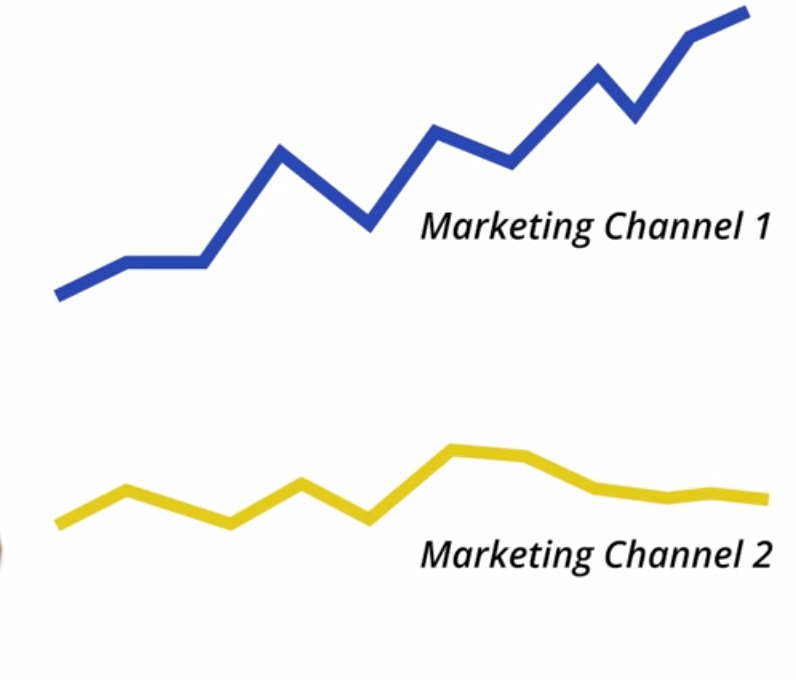 |
|---|
| Example, We can do segmentation according to marketing channel to see how each marketing channel is affecting the aggregate data |
- Drilling down to look at segments of your data helps you understand what caused a change to your aggregated data.
Examples:
- You can segment your data by date and time, to compare how users who visit your site on certain days of the week or certain hours of the day behave differently.
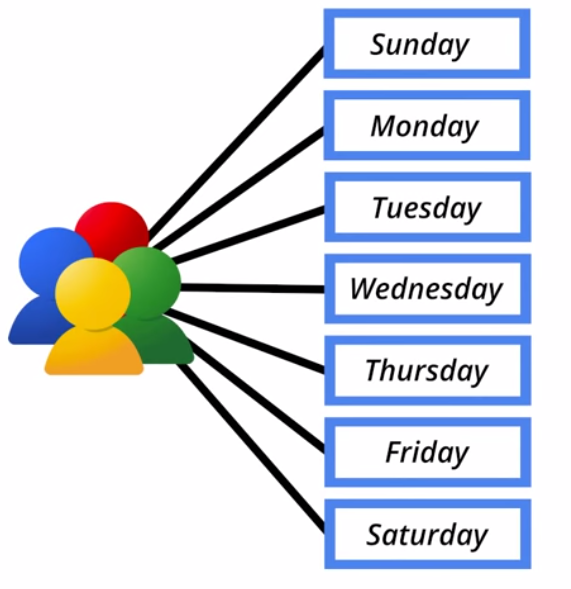 |
|---|
| We can segment according to day, showing how customer behave according to days and hours |
- You can segment your data by device to compare user performance on desktops, tablets and mobile phones.
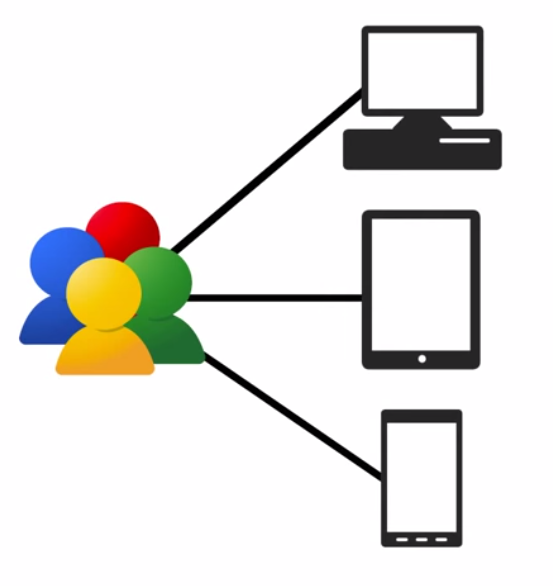 |
|---|
| We can segment according to devices, showing the performance difference between device |
- You can segment by marketing channel to compare the difference in performance for various marketing activities.
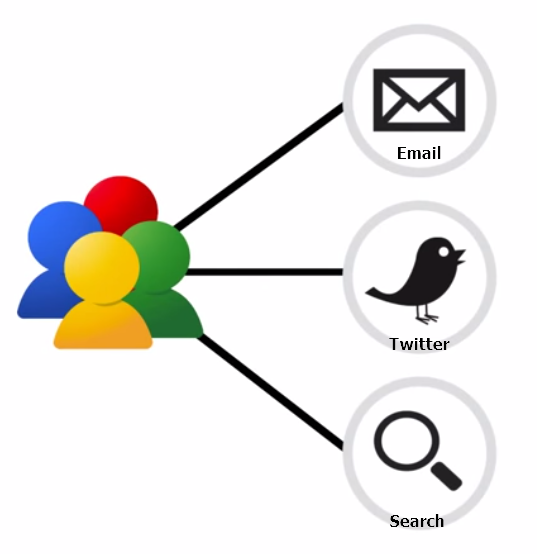 |
|---|
| We can segment according to marketing channel |
- You can segment by geography to determine which countries, regions or cities perform the best.
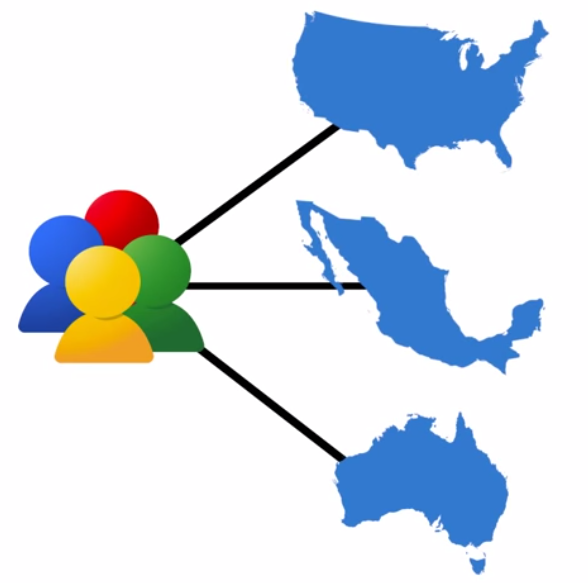 |
|---|
| We can segement using geographic location, and see which countries performance the best |
- And you can segment by customer characteristics, like repeat customers vs. first-time customers, to help you understand what drives users to become loyal customers.
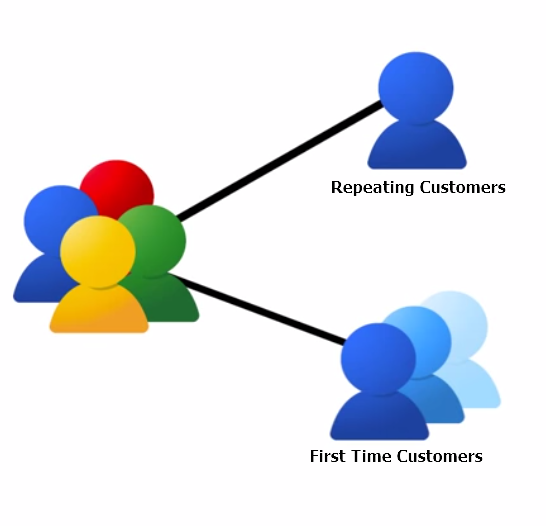 |
|---|
| Segmenting against first time and repeating customer |
Context
- Context helps you to understand whether your performance is good or bad.
- Two way to set context. Internal Context, and External Context
- External context can come from industry performance data. Can help you to understand how you performance relative to the industry.
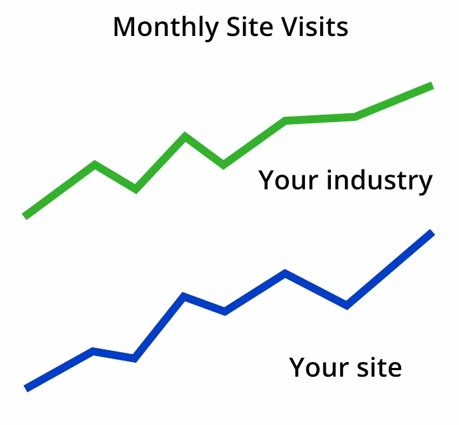 |
|---|
| Example, Checking if an increase in monthly visit is because of a growth trend of your sector, or specific to your business |
- Internal context helps you set expectation based on your own historical performance.
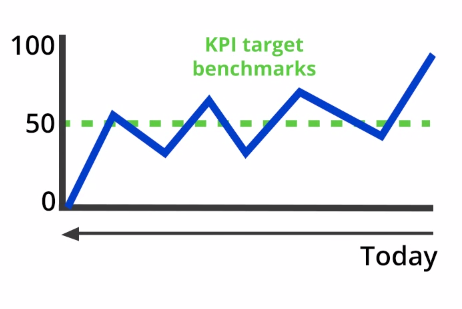 |
|---|
| Example, using your previous record as benchmark to set KPIs |
Read further: